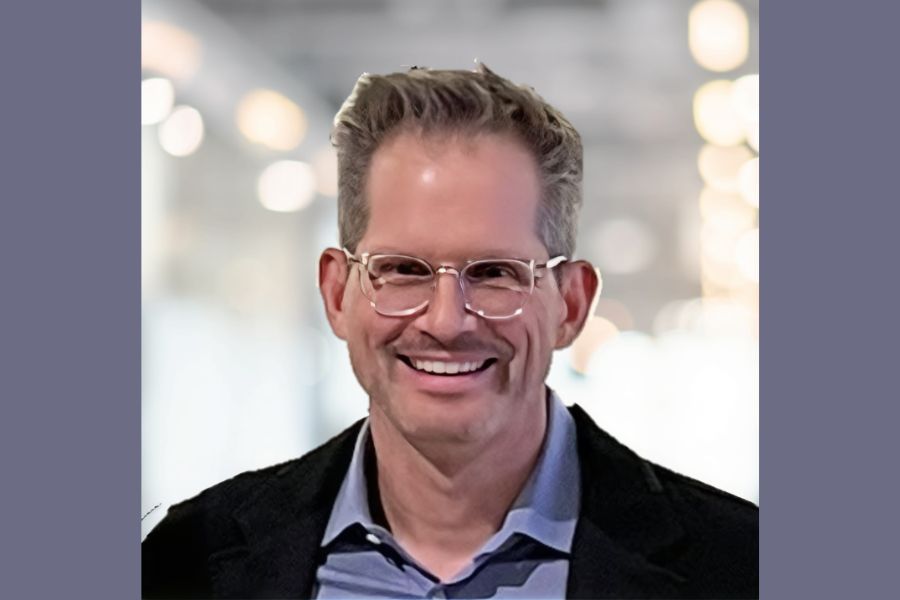7 signs an adviser measures up to a professional standard of care
Defining the profession's standard of care, and making sure advisers meet it, is in everyone's best interests and doesn't require action by regulators
Thirty years ago, the fiduciary movement began to take root. No one held a press conference, it just happened. That’s the thing about movements: you really don’t have a sense that one has started until enough time has passed that you can look back and see what material changes have taken place.
In hindsight, we can see that the pioneers of the fiduciary movement had two similar, overlapping objectives: (1) to define the details and best practices of a fiduciary’s prudent investment process; and (2) to define the details and best practices of a professional standard of care.
The first objective was accomplished in 2003 when the Foundation for Fiduciary Studies released its handbook, Prudent Investment Practices. This handbook and its derivative works are still the most widely-cited authoritarian sources of fiduciary best practices.
The second objective, defining a professional standard of care, is still a work in progress. The beautiful thing about this topic is that it enables us to leave behind the ugliness of the current fiduciary debate. The fiduciary movement was once a point of positive inspiration, but it has become a lightning rod for negativity.
In contrast, defining a professional standard of care, and in tandem a profession, is an initiative that is in everyone’s best interests, is agnostic to the registered status of the financial adviser (RIA, IAR or RR), and doesn’t require action by regulators.
(Related read: DOL’s fiduciary rule fails by focusing heavily on fees, expenses)
So, to begin this new 7 Signs series for InvestmentNews, we thought we would start with the 7 signs an adviser meets a professional standard of care:
1. Expertise: A profession requires a defined body of specialized knowledge that is acquired only through additional education, training and experience; expertise that cannot easily be acquired by a person outside the profession. Therein is our first challenge: the entry barriers to our industry are so low, that in most states barbers and beauticians can claim higher education, training and testing requirements.
2. Competence: The professional must be able to demonstrate that they can do the work, not simply that they have the expertise. In this case, the imperative is that the financial professional be able to demonstrate that they are competent in the management of investment decisions.
3. Tradition: A profession has history, customs and traditions. The professional needs to have a sense of vocation and feel drawn to their work; they need to have awareness that they have been called to serve a higher purpose. Professionals can trace the origins of their craft, and identify their own personal place and role within that history.
4. Ethos: The Ancient Greeks used the word ethos to describe the distinguishing guiding beliefs of a person, group or institution. To have a profession, there must be a shared sense of a defined ethos. There must be a consistency in how professionals define themselves in terms of behavior and core values.
5. Governance: A profession must have a defined decision-making process, and research, training and testing should be focused on perfecting that process. Given a particular set of facts and circumstances, society must be able to expect and trust that every professional will engage with a similar approach and process.
6. Stewardship: A profession, by definition, exists to serve the best interests of society. The professional must demonstrate that they are passionate and disciplined about protecting the long-term interests of clients. This includes the concept of service without the expectation of reward.
7. Leadership: The true test of a profession is whether society views the professional as a leader. Leadership, in this context, is defined as the professional’s ability to inspire, and the capacity to serve others.
Don Trone, Mary Lou Wattman and Steve Branham, are the co-founders of 3ethos, whose research and training programs are focused on the intersection between leadership, stewardship and governance.
Learn more about reprints and licensing for this article.





